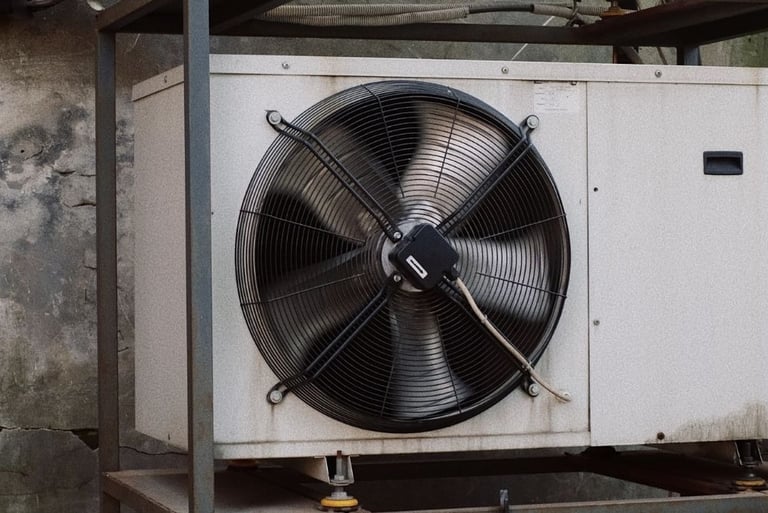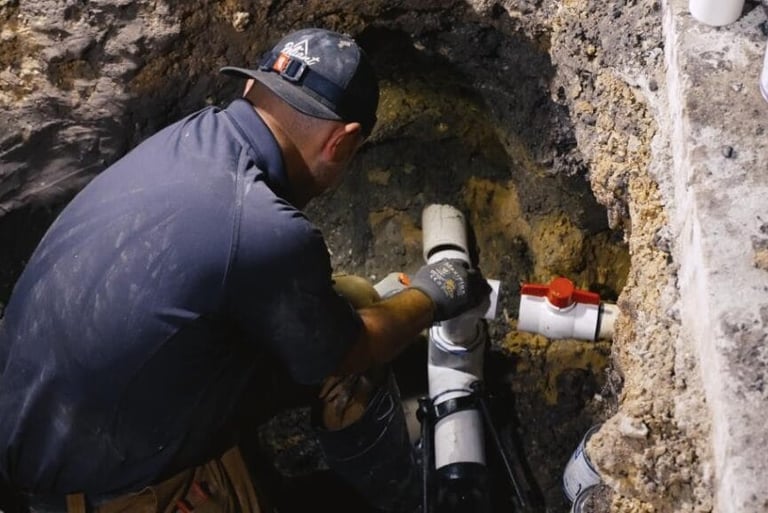Can you stop mold from returning?
Here you might learn if you can stop mold from returning to a crawl space or your house
Mold is a persistent problem that can cause serious damage to your home and health if left unchecked. If you've experienced mold in the past, you know how frustrating it is to clean it up, only to have it return. The good news is that while mold removal may be a challenge, there are things you can do to stop mold from returning. By addressing the root causes of mold growth and taking preventative measures, you can keep your home free of mold for the long term.
What Causes Mold to Return?
Before prevention is discussed, it's good to know why mold comes back in the first place. Mold loves to grow in humid, wet conditions, so moisture is the primary culprit. Mold spores are in the air all the time, but they will not grow unless they have a conducive environment. Unless the underlying moisture issue isn't fixed, mold will most likely return.
The following are the main reasons for repeated mold growth:
Moisture: Water finds its way into your home in the form of leaky pipes, roofs, and windows. Moisture, if not controlled, provides an ideal breeding ground for mold.
Humidity: High humidity, particularly in areas like crawl spaces and basements, gives a good environment for mold to develop.
Poor Ventilation: When there is poor ventilation, moisture is unable to evaporate from areas like attics, bathrooms, and kitchens, and this leads to mold growth.
Contaminated Materials: Mold can still be on porous materials such as drywall, carpeting, or insulation even after cleaning.
How to Prevent Mold from Coming Back
Now that you know the root causes, here are the best things to do to prevent mold from coming back:
1. Repair Leaks and Moisture Issues
If you want to know how to get rid of mold in a crawl space you can check out the article we've wrote on our website. The most important thing to do to prevent mold from returning is to repair the moisture issue. Mold will keep returning if water keeps entering your home. The following is how to fix moisture problems:
Check for leaks: Inspect for leaks in pipes, the roof, windows, and walls. Repair them immediately to prevent water from entering your home.
Fix condensation problems: Keep your house insulated so that condensation does not occur on cold surfaces, including pipes and windows.
Inspect your foundation: For homes with basements or crawl spaces, check the foundation for gaps or cracks through which water might enter. Seal any foundation cracks to keep water out.
2. Regulate Humidity Levels
High humidity is a key driver of mold growth. Here's how to keep humidity levels healthy:
Use a dehumidifier: This is particularly helpful in basements, bathrooms, and attics where the humidity level may be high. A dehumidifier will ensure that the humidity level is kept below 60%, which is perfect for mold prevention.
Ventilate your home: Use exhaust fans in the bathroom, kitchen, and laundry to allow moisture to escape. Make your home well-ventilated to let air circulate, particularly in moist areas.
Use moisture barriers: In basements or crawl spaces, employ vapor barriers to prevent moisture from entering through the floors.
3. Improve Ventilation
Proper ventilation is key to preventing mold. Without airflow, moisture gets trapped inside your home, creating a perfect environment for mold to thrive.
Open windows when possible: Allow fresh air to circulate throughout your home. This is especially important during humid months when your indoor environment can become stuffy.
Install exhaust fans: In areas prone to moisture like bathrooms and kitchens, make sure you have exhaust fans to push out extra moisture.
4. Clean and Dry Impacted Areas Right Away
If you see mold or moisture in your home, act right away. The earlier you do, the less likely there will be for mold to return.
Clean mold areas: If you must have visible mold, clean it with a solution of soap and water, or use a vinegar solution (1:1 with water) for stubborn mold. In more severe cases, professional mold remediation may be in order.
Dry wet areas: If you experience flooding or water leaks, dry the areas as quickly as possible. Mold will begin to grow within 24-48 hours, so the quicker you move, the less harm will be caused.
5. Utilize Mold-Resistant Materials
If you're remodeling or constructing, utilize mold-resistant materials to avert mold growth in the future. Such materials are designed to prevent mold and mildew from developing, especially in humid areas.
Mold-resistant drywall: This is a drywall with moisture-resistant paper and will be less prone to growing mold.
Mold-resistant paint: There are paints with antimicrobial properties that will not allow mold to grow on the painted surface.
What to Do If Mold Keeps Coming Back
If you’ve taken all the necessary steps to control moisture, improve ventilation, and address any leaks, but mold keeps coming back, it might be time to seek professional help.
Professional mold remediation: Experts can assess the situation, remove any remaining mold, and address underlying issues. They can also apply mold-resistant treatments to prevent future growth.
Regular inspections: Conduct regular inspections to keep your house mold-free, particularly in high-risk locations such as crawl spaces and basements.




